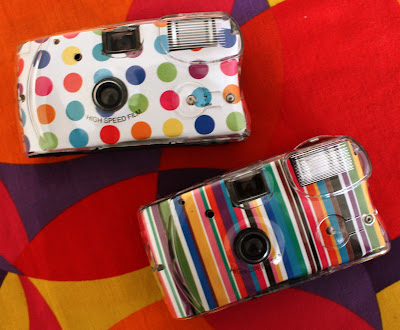Over the past couple of weeks, I have had many ideas involving new techniques that I want to experiment with. As I have found many that I would like to try and had many different ideas for projects I now need to be clear of what techniques I am going to apply to what project to prevent confusion and muddling ideas.
I have already started experimenting with disposable cameras as used in Tamara Lichensteins work. I have started by simply taking images without any effects such as double exposure and expired film. With this, I am simply testing whether I like the overall look of the images and whether I want to do further experimentation. I suppose in some ways the future of my projects depend on how they turn out because I may want to use this media for an idea I have.
Project 1
So far, I have three ideas for projects. The first is to work with black and white film and take portraits, both posed and candid and whilst developing them I would like to add photograms. This was inspired by the work of Edmund Teske but instead of exposing two negative frames at once, I would like to expose one but with objects on top of the paper, blocking the light to the photo paper and therefore transferring the shape to the print. I will expand on this idea by looking at others photograms. I may also experiment with ideas for my next submission. If I feel the images are successful I may use them for my submission. I have no deadline for this project, but as the term ends in a few weeks, I would like to have the images taken in a week so I have enough time in the darkroom. I may also save time by getting the negatives from a specialist instead of developing them myself.
Project 2
I would also like to use colour film and experiment with double exposures on one frame instead of using Edmund Teskes technique and expose to frames at one time. This is a lot more experimental and may not work but I think it is important for me as an artist to take risks and be prepared to not get it right first time. This is something I really want to work on as in the past I have been so focused on the final product and not the process; I feel this will help me develop my own style. I will most likely use a film SLR for this project as the quality of the image is much better; I still want the images to be identifiable and may not develop as clear on a disposable camera. Again, this depends on how the disposable camera images develop. If they are successful in my eyes, I may consider using disposable cameras again. In terms of subject for this project, it will not be the main focus of the project. I want to concentrate more on the technique and idea, but I will most likely try out ideas for next submission. As the deadline for the next submission is 15th December, I have less than a month to create my final pieces. As I am more concerned about developing my portfolio and not submitting, I can take as much time on this project, but I would like to submit the work to see other people’s reaction to my work and whether it is successful to other artists.
Now that I have established what project I am doing for what media, I will now plan out what images I am going to take for what project frame by frame. As a lot of the frames will be improvised, I will only create a few frame ideas and when I am shooting, I will improvise more; this is how I have worked in the past and has generally been successful.


























